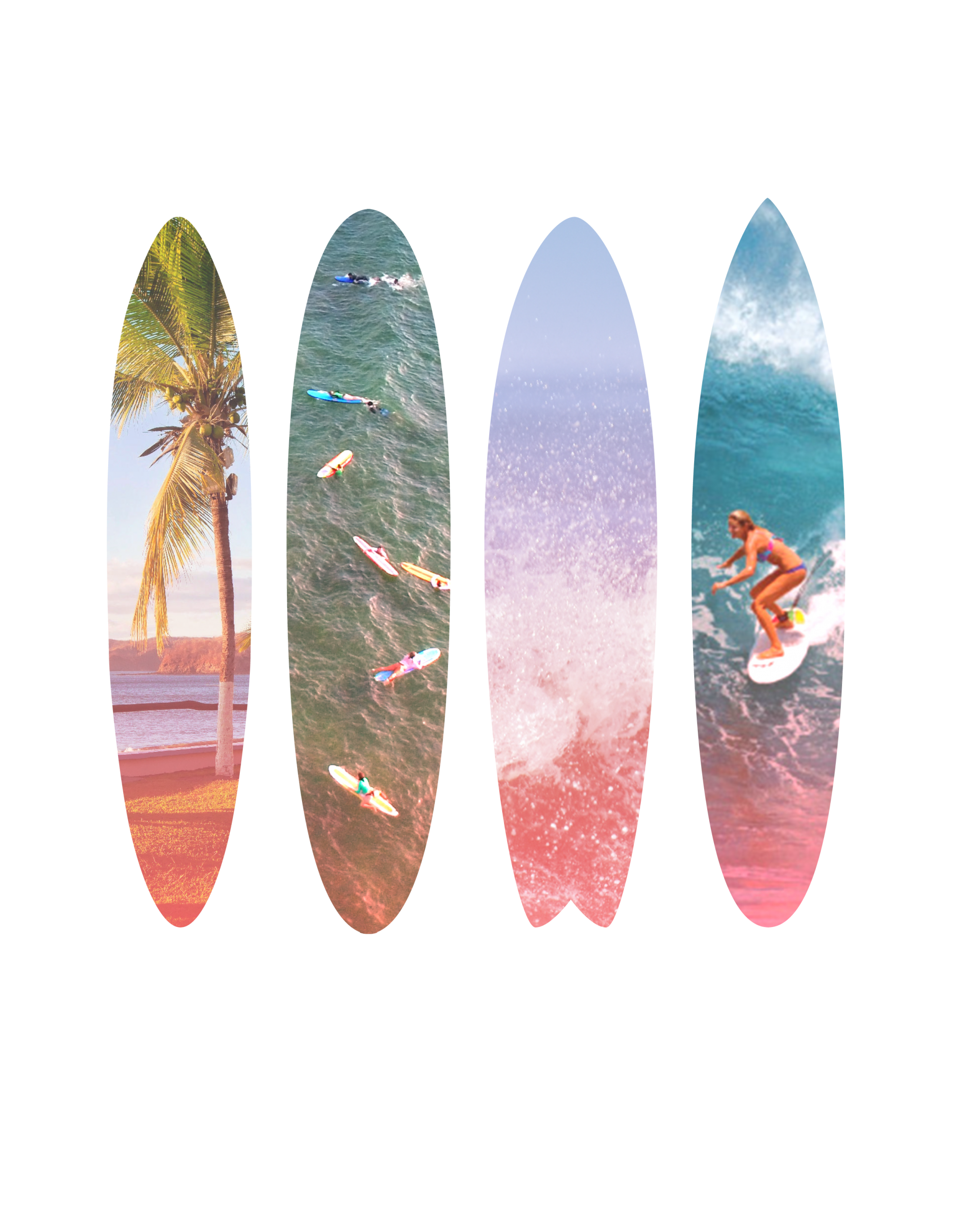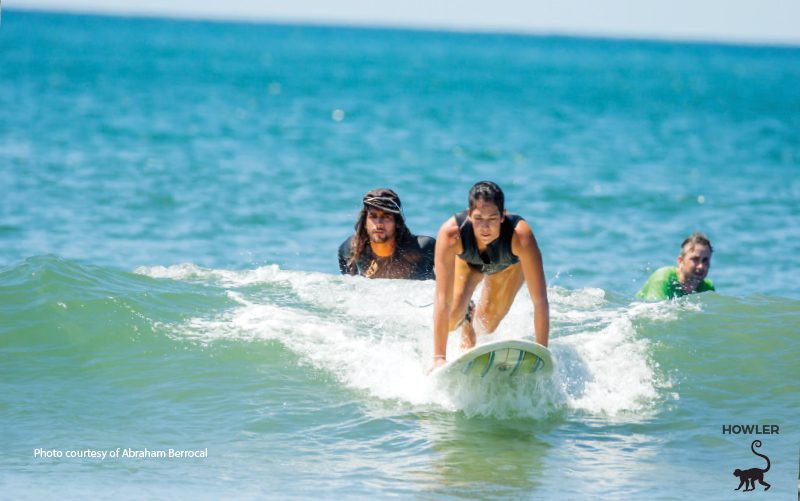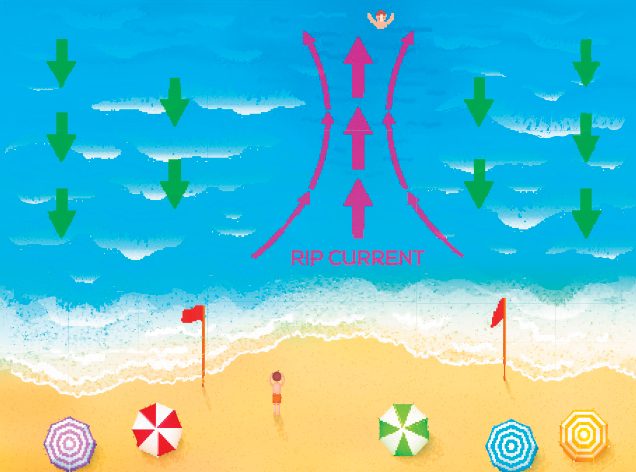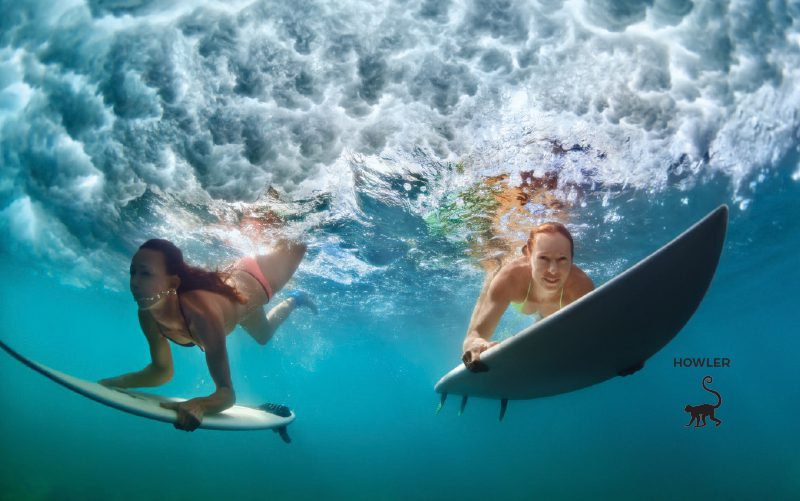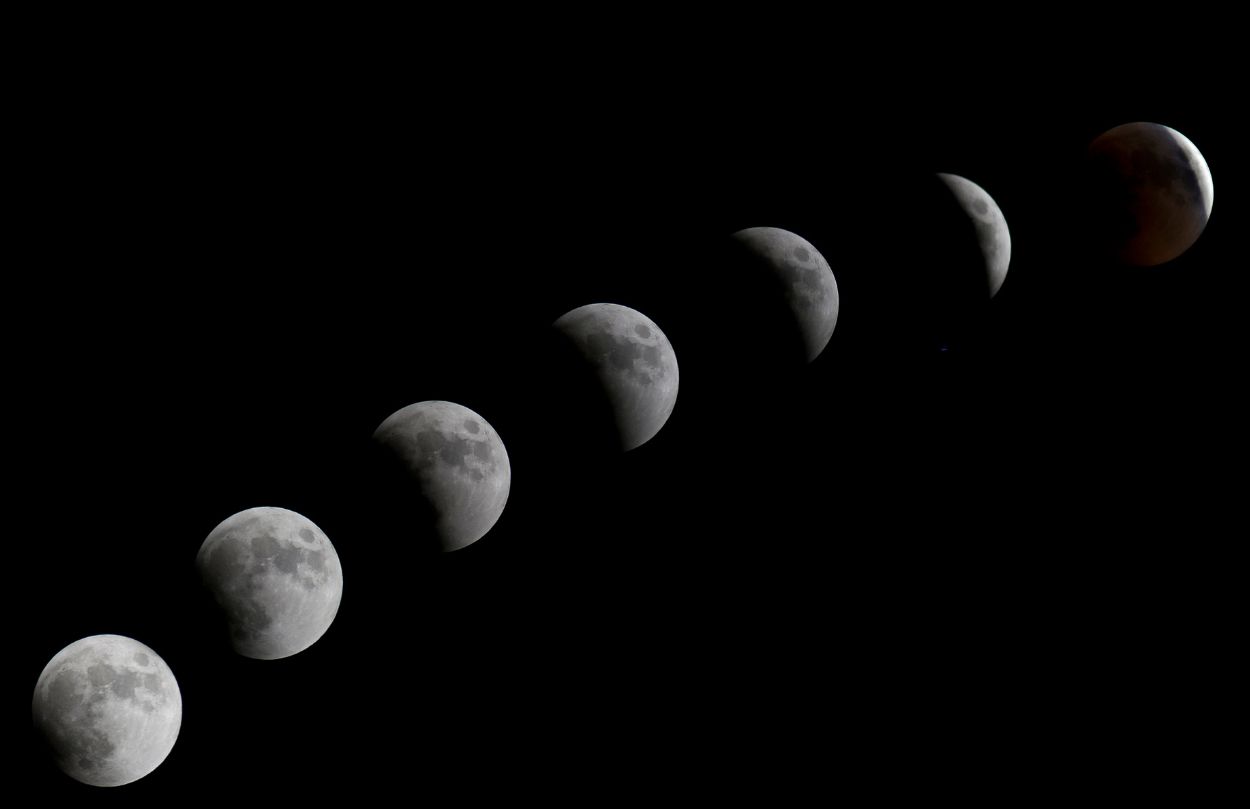
Surfing with the Moon: Understanding Tides and Waves
The moon phases play a significant role in the sport of surfing, as they directly influence the tides and ocean conditions. The moon’s gravitational pull affects the Earth’s tides. During a full or new moon, when the Earth, moon, and sun are roughly aligned, we experience higher high tides, known as spring tides. Conversely, during a quarter moon, the gravitational forces from the sun and moon partially cancel each other out, resulting in lower high tides, known as neap tides. Understanding these phenomena is essential for surfers as they rely on tides to create the optimal waves for riding.
When planning a surf session, a surfer pays close attention to the moon phase and tide schedule. During high tides associated with full or new moons, the increased water level allows waves to break closer to shore, creating stronger and more powerful waves. These periods, commonly referred to as “king tides,” offer excellent conditions for advanced surfers looking for big waves and intense rides. On the other hand, during neap tides, the lower water levels cause waves to break further from the shore, resulting in smaller and less powerful waves. This knowledge allows college-level surfers to adjust their surf schedules accordingly.
Moreover, understanding the moon phases aids surfers in predicting wave patterns. As the moon phases change throughout its monthly cycle, so does the orientation of the moon relative to the sun. This, in turn, affects the angle at which the moon’s gravitational pull affects the Earth’s tides.
For instance, at the beginning of a waxing or waning crescent, the gravitational pull from the moon is at a diagonal angle to the sun’s pull. This diagonal force causes waves to break more consistently, resulting in better surfing conditions. As college students, we comprehend these celestial mechanics, enabling us to use this knowledge to our advantage when choosing the right time to hit the waves.

